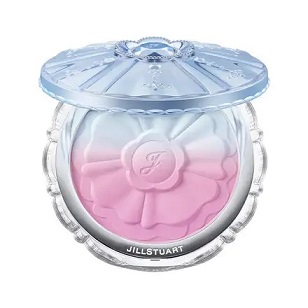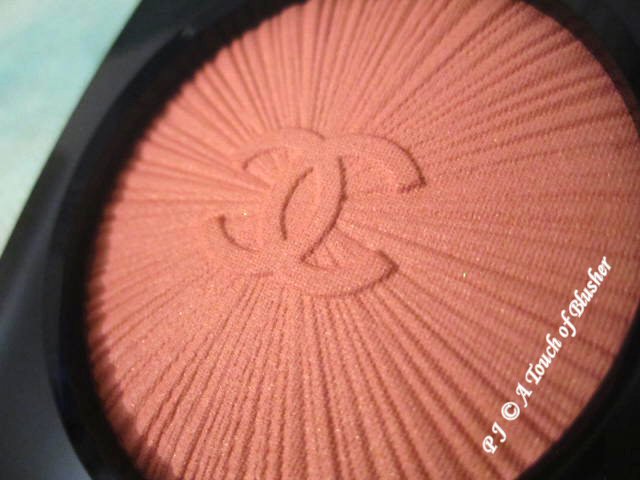There are many different ways to categorize basic skin types, and different skincare brands have their systems. But it seems that, on the whole, especially for western brands, it is the familiar dry/normal/oily story.
However, I am never happy with it. It seems to totally disregard my own skin type.
A long time ago, I used to think I had oily skin. I used cleansers and toners designed for oily skin, and I looked for the most mattifying moisturizers. I also used exfoliators and deep-cleansing masques routinely. But the longer I used them, the oily my skin became. I was extremely confused.
Then, quite a few years ago, I heard people say they had “oily-dry” skin and I was intrigued. I looked into this and found a way to categorize skin types that I thought made much more sense.
The basic idea is that sebum secretion and surface water/moisture retention are two independent (but often cross-affecting) factors. Then we have four basic (not considering skin sensitivity) skincare types like this (I drew this myself, based on the skincare concept of IPSA, a leading cosmetics brand in Japan under Shiseido):

Types 1, 2, and 3 are pretty straightforward and are what we usually know about normal/dry/oily skin.
It is the Type 4 (oily-dry) that is the reason why I am writing this post. Many people with this type of skin think they have oily skin and are probably told so at cosmetics counters.
Under Type 4, the skin is oily because sebum secretion is compensating (or sometimes, over-compensating) the lack of water/moisture. This is a normal and very helpful coping mechanism (as opposed to Type 3 (dry skin), which relatively lacks this mechanism), but many people obviously don’t like having shiny faces and makeup melt-down. (In East Asia, people describe this skin type as “oily on the outside and dry on the inside“.)
In other words, under Type 4, the skin is oily because it is dry.
(Please note that Type 4 does not refer to what we usually know as “combination” skin. Type 4 refers to skin that appears oily all-over due to the lack of moisture underneath.)
People with oily-dry skin who don’t know it tend to be obsessed with deep-cleansing and mattifying their skin with harsh and drying products, but the only thing it does is to push everything to the extreme and make the skin drier and therefore oilier.
To take care of oily-dry skin, we need to see it as dry skin. In my own experience, when I use a light moisturizer, my skin feels dry after application and it gets oily and shiny very quickly. But with a slightly richer moisturizer, my skin feels comfortable and, more importantly, the skin doesn’t get nearly as oily.
The key, I think, is to use a moisturizer that is designed for normal or for dry skin (depending on how dry the skin actually is) with a relatively matte finish. For me, Lancome Hydra Zen and Olay Complete Care Night Enriched Cream work well on my oily-dry skin.
I personally feel that the common dry-normal-oily categorization of skin types is quite inadequate. As I said, IPSA is one of the brands that recognize oily-dry skin while Asian beauties with skin that is “oily on the outside and dry on the inside” are able to correctly identify their skin type and are therefore more able to take proper care of their skin.
For a few final words, the daily skin conditions, under each skin type, change with age, hormone, diet, stress level, weather, indoor heating, and many other factors. Your skincare routine has to be in keeping with the changes. Be sensitive, sensible, alert, and adaptive!




